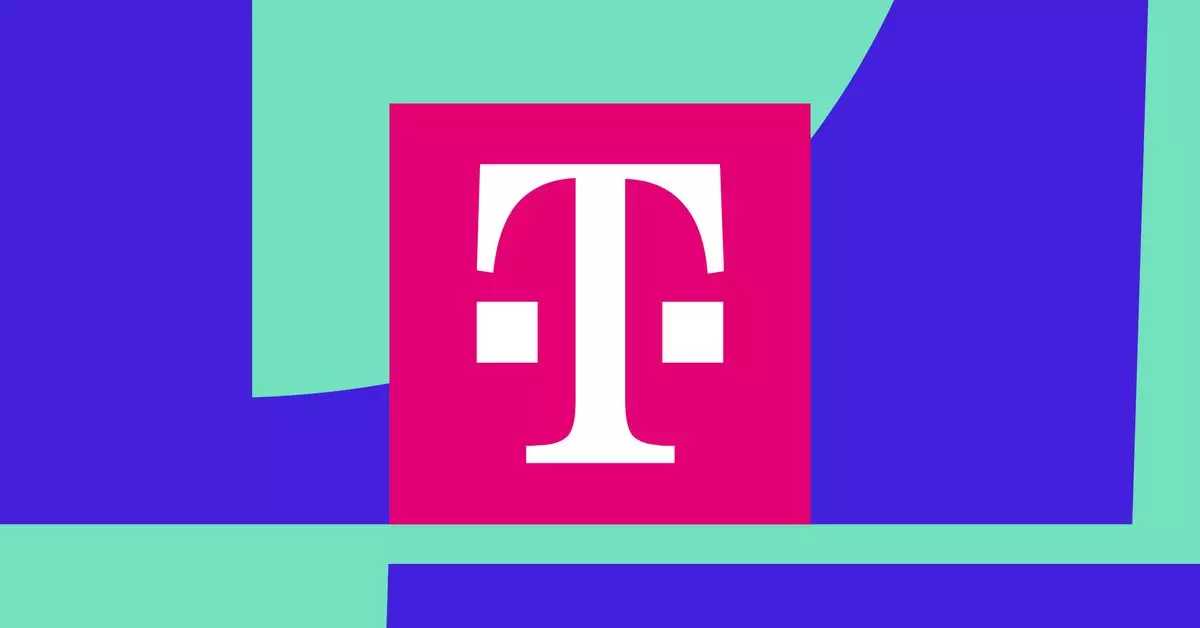In a significant advancement for emergency communications, SpaceX and T-Mobile have forged a partnership that allows T-Mobile customers impacted by Hurricane Helene and Hurricane Milton to send and receive SMS messages via Starlink satellites. This initiative is a groundbreaking example of leveraging advanced technology to ensure connectivity during dire situations when traditional communication infrastructures may be compromised. With hurricane seasons increasingly becoming unpredictable, the ability to maintain communication in affected areas is not just beneficial; it is essential.
Under this collaboration, users whose phones connect to a Starlink satellite will see service reception ranging from one to two bars, with the identifier “T-Mobile SpaceX” appearing on their devices. The service is specially designed for outdoor usage; however, it may operate near windows indoors as well. Such functionality allows users to contact emergency hotlines, such as 911, and maintain contact with loved ones, which is crucial for mental reassurance during crises. This service is especially vital in regions where traditional cellular services fail due to extreme weather conditions, exemplifying how satellite technology can fill the gaps left by terrestrial systems.
While this innovation is a stride forward, it is important to acknowledge its limitations. The requirement for retrying messages that do not go through can be frustrating for users already dealing with stressful situations. Moreover, the reliability of the service may not be consistent in all environments, as the network works best outdoors. These factors must be considered when evaluating the overall effectiveness of the initiative, particularly in critical situations where every second counts.
This new service was made possible following the Federal Communications Commission (FCC) granting SpaceX and T-Mobile temporary approval to implement direct-to-cell communications for regions affected by the hurricane. This regulatory validation underlines the significance of governmental support in fostering innovative solutions during emergencies. The implications of this partnership may extend beyond immediate crisis management; it could pave the way for incorporating satellite communication in broader service offerings and more expansive disaster response strategies.
The collaboration between SpaceX and T-Mobile represents a transformative shift in how we approach communication during emergencies. Satellite technology is proving to be a lifeline, ensuring that vital communication lines remain open even when terrestrial systems are in disarray. As the challenges of climate change and natural disasters become increasingly prevalent, such initiatives will be essential in safeguarding communities and enhancing resilience. The capacity to send text messages during a natural disaster may very well redefine our emergency protocols and preparations for the future.


Leave a Reply